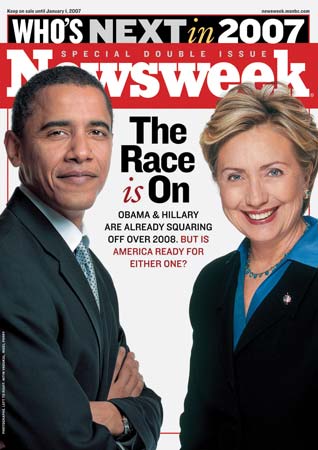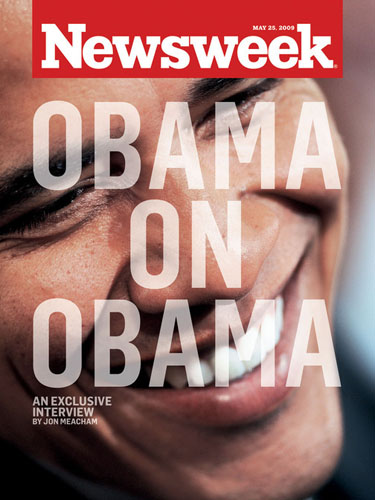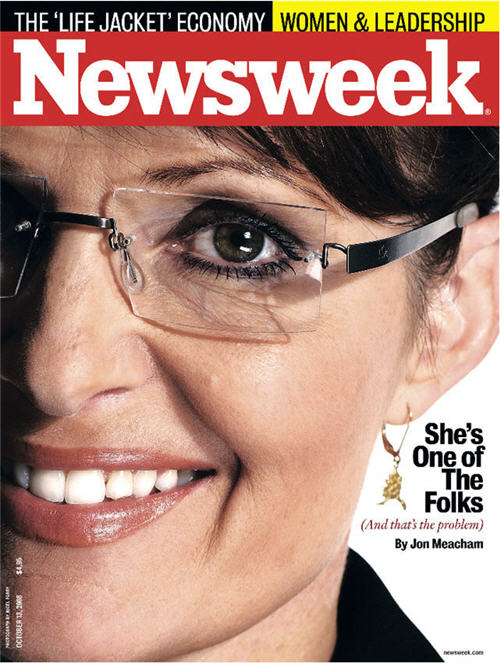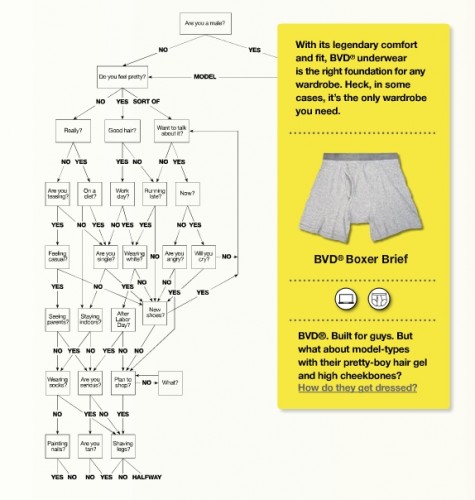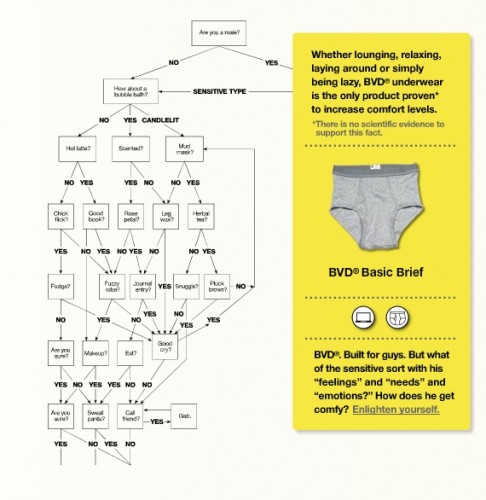Kate M. sent us a link to a story in the Times Online about the recent suicide of model Daul Kim. Kim had worked for a number of high-fashion companies, including Chanel. Her blog contained many posts about the pressure and loneliness of being a model. Kate points out that the links surrounding the story undermine any message that we should actually care about this topic:
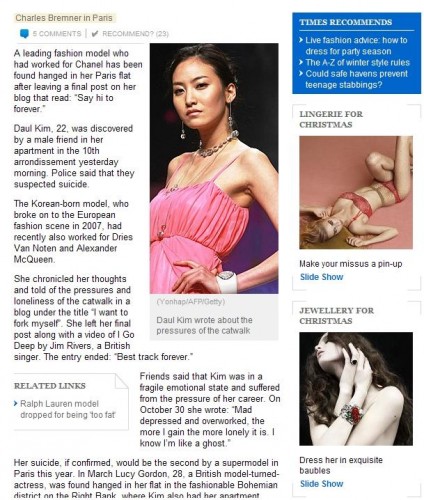
Notice on the side the “Lingerie for Christmas” feature on the side, with a scantily clothed, very thin woman; it lets you “make your missus a pin-up.” Below that you can “dress her in exquisite baubles.” Women are sexy, thin, mostly naked playthings for you to dress up and play with at will. How could that possibly have anything to do with the thinness ideals models and other women are pressured to meet?
The “Ralph Lauren model dropped for being too fat” story refers to the woman we wrote about in this post, where her body had been photoshopped beyond recognition.






